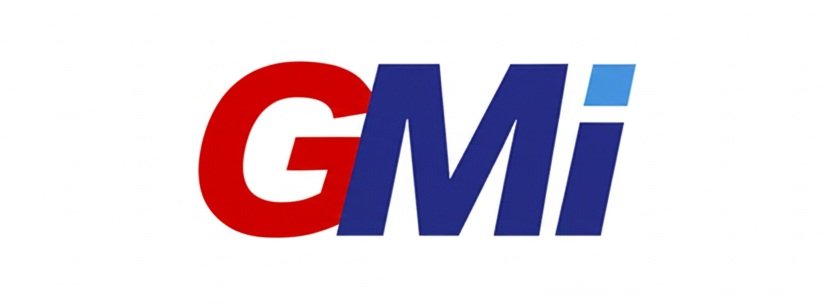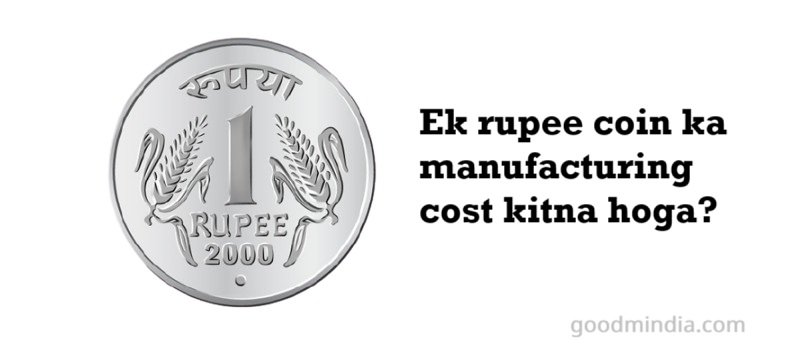Have you ever idea about how much it costs to make a ₹1 coin in India? While it seems logical that the cost needs to be less than ₹1, the reality can also marvel you. With rising metal expenses, hard work prices, and strength consumption, minting low-denomination coins like ₹1 can every now and then price extra than their face cost. In this newsletter, we solve the question “Ek rupee coin ka manufacturing cost kitna hoga?” by exploring cloth fees, minting expenses, reliable authorities estimates, and comparisons with coin manufacturing in other nations. You’ll also study why these cash are nevertheless in use and what their future would possibly appear like.
Table of Contents
₹1 Coin Manufacturing Cost: Quick Summary Table
| Feature | Details |
|---|---|
| Coin Denomination | ₹1 |
| Approx. Manufacturing Cost | ₹1.14 to ₹1.28 (based on various estimates) |
| Material Used | Ferritic Stainless Steel |
| Average Weight | 3.09 grams |
| Diameter | ~20 mm |
| Produced By | Indian Government Mints |
| Break-even Analysis | Often costs more than ₹1 to produce |
What is a ₹1 Coin Made Of?
The ₹1 coin is made typically of ferritic stainless steel, chosen for its corrosion resistance and price-effectiveness. Earlier, Indian coins covered metals like copper, nickel, and aluminum, however stainless-steel has ended up the norm because of its affordability.
Key Specifications:
- Composition: ~83% Iron, 17% Chromium
- Weight: ~3.09 grams
- Shape: Round
- Diameter: ~20 mm
This fabric ensures that the coin is durable but inexpensive to produce than older metallic combos.
Ek Rupee Coin Ka Manufacturing Cost Kitna Hoga?
According to multiple enterprise assets and statistics obtained via Right to Information (RTI) packages, the predicted production value of a ₹1 coin ranges between ₹1.14 and ₹1.28.
Factors Influencing Cost:
- Metal Prices: Global prices of iron and chromium
- Energy Costs: High electricity use in the minting process
- Labor Charges: Wages of skilled workers at the mint
- Logistics: Transporting coins securely across the country
- Minting Overheads: Machinery maintenance, depreciation, etc.
While the Reserve Bank of India (RBI) and Ministry of Finance don’t release the exact fee figures frequently, RTI replies and authorities audits affirm that ₹1 cash once in a while fee is extra than ₹1 to mint.
Why Does It Cost More Than ₹1 to Make a ₹1 Coin?
It can also sound ordinary, however it is economically real. Here are the primary reasons why the fee often exceeds the value:
1. Rising Raw Material Prices
Stainless steel, though less expensive than nickel, still fluctuates in charge primarily based on worldwide markets.
2. Energy-Intensive Minting Process
The coins undergo heating, stamping, and polishing, all of which require huge amounts of electricity.
3. Logistics and Security
Coins are heavy and expensive to move, especially in massive quantities.
4. Inflation
With a reduced shopping power, ₹1 holds much less cost today than it did a decade in the past, making it economically inefficient to provide it at a loss.
Who Mints the ₹1 Coin in India?
India has 4 main government mints, which perform underneath the Security Printing and Minting Corporation of India Ltd. (SPMCIL). These are:
- Mumbai Mint
- Kolkata Mint
- Hyderabad Mint
- Noida Mint
Each mint makes use of a unique symbol at the coins it produces, inclusive of a diamond (Mumbai) or a celebrity (Hyderabad), permitting specialists to trace the beginning of every coin.
International Comparisons: How Other Countries Handle Coin Costs
This trouble isn’t constrained to India. Many nations have confronted the same dilemma of excessive coin production charges:
United States
The U.S. Mint spends 1.76 cents to produce a 1-cent coin, which is 76% more than its face value.
Canada
Canada eliminated its 1-cent coin in 2012 because the cost of production outweighed its utility.
United Kingdom
The Royal Mint has reduced the circulation of 1p and 2p coins due to high production expenses.
Like these international locations, India is likewise thinking about whether or not persevering with ₹1 coin manufacturing is financially clever.
Should India Stop Producing ₹1 Coins?
It’s a question that divides economists and policy makers. Here’s a examine the pros and cons:
Pros of Continuing ₹1 Coin Production:
- Widely used in rural and small-metropolis economies
- Useful for exact change in public transport, local markets
- Helps maintain psychological price points like ₹9 or ₹99
Cons of Continuing Production:
- Government incurs financial losses every year
- Environmentally harmful due to metal mining and energy use
- Cost of production exceeds value, causing inefficiencies
Experts suggest a gradual phase-out or transition to digital and token-based systems instead.
FAQs: Ek rupee coin ka manufacturing cost kitna hoga?
Q1: What is the exact value of producing a ₹1 coin in India?
The estimated value ranges from ₹1.14 to ₹1.28 relying on substances, hard work, and different elements.
Q2: Do the Indian authorities make a loss on ₹1 coins?
Yes. Often, the production fee exceeds ₹1, leading to minor monetary losses in step with coin.
Q3: Why doesn’t India stop minting ₹1 coins?
Despite the fee, ₹1 cash is still broadly used in rural regions and small transactions, which keeps them applicable.
Q4: Can the material of the ₹1 coin be modified?
Yes. The government can switch to lighter and less expensive metals if wanted, but the decision includes balancing sturdiness, value, and safety.



